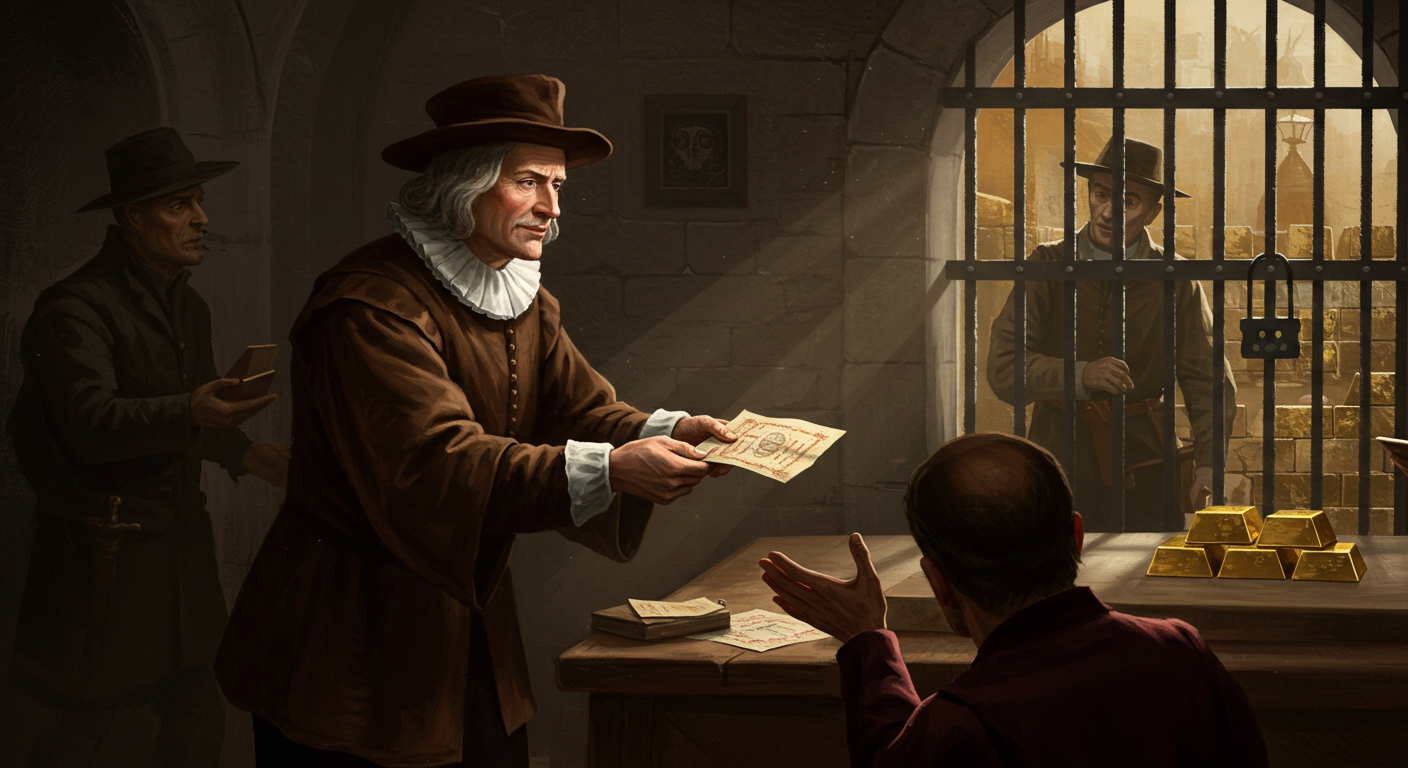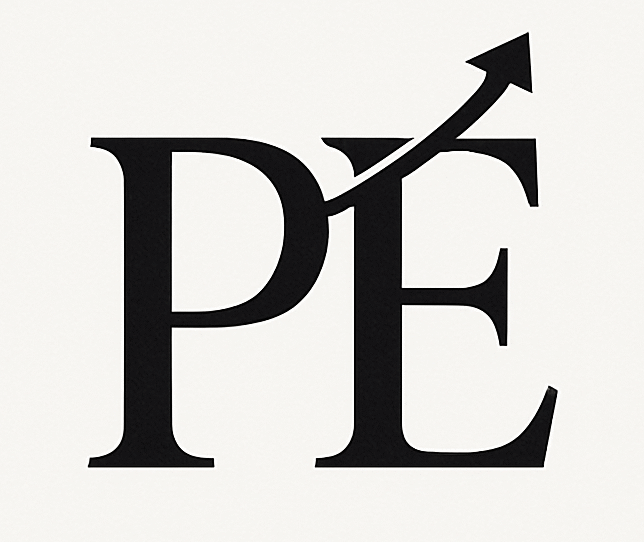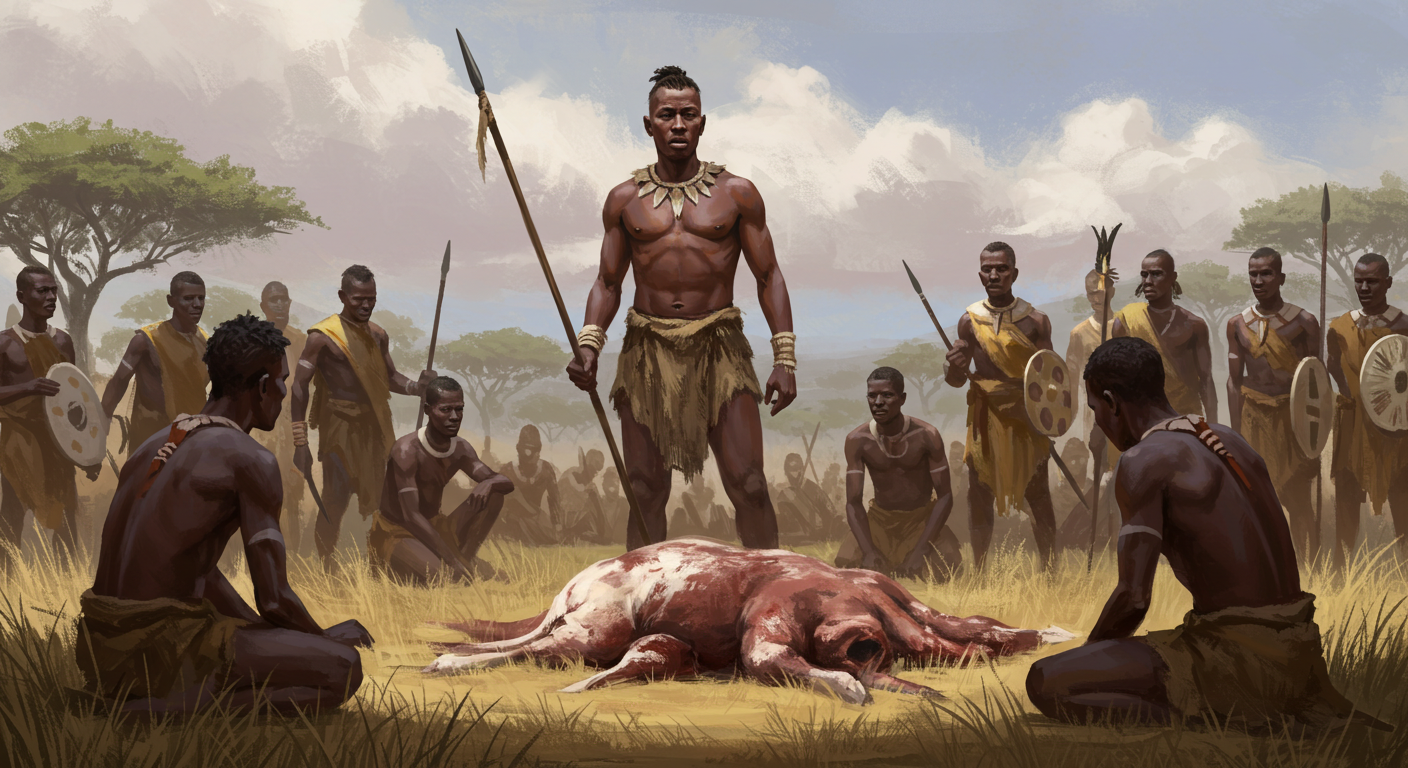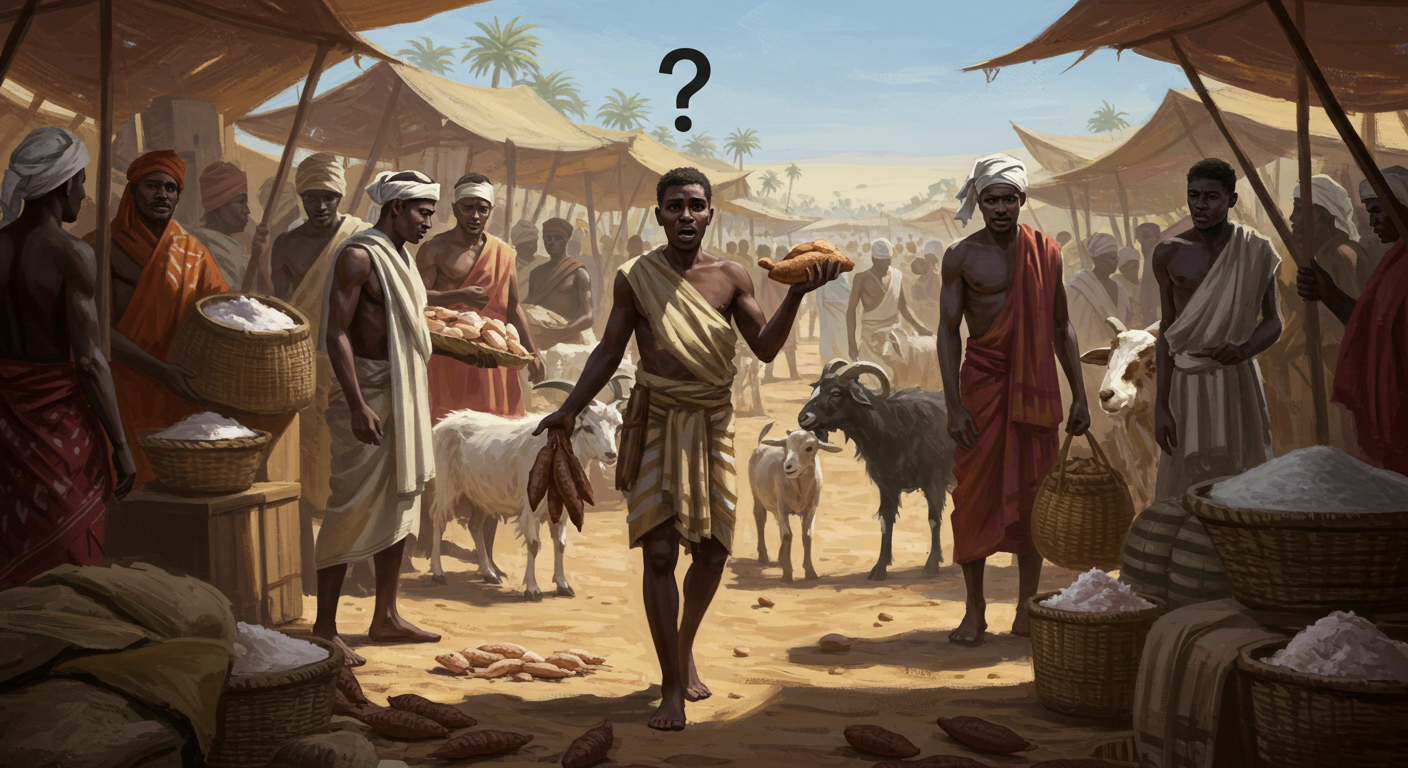If you and I are going to have an honest conversation about money, we need to first burn the textbooks and sweep out the misconceptions.
Because here’s the cold truth:
Most people have been chasing shadows their entire life.
You’re stacking cash, saving crypto, and punching ATM buttons…

But what if I told you none of that is money?
Yes, you read that right. Your naira notes, your dollar bills, your crypto wallets, even that fat bank account you sometimes screenshot for motivational purposes — none of it is money.
I can already picture someone squinting at their screen now, clutching their wallet, wondering if they’ve been lied to all their life.
Calm down. Strap in. Let’s time travel. Let’s trace the footprints of money through history, and by the end of this journey, you might just realize that you’ve been wealthier than you thought — but you didn’t know where to look.
For too long, humanity has chased currencies, piling up notes, hoarding digital tokens, and drawing from machines. Yet, I tell you, these are but shadows. True money, and true wealth, lies not in what you grasp……
The Hunting Age – Money Was Skill and Strength
(Prehistoric Era)
In the beginning, money wasn’t a printed note or shiny coin.
It was the intrinsic value of man.
Your wealth was your ability to discern, hunt, and provide.
Back then, if a man walked up to your ancestors and flashed a bundle of colored papers as bride price (dowry), they’d quickly chase him away with a stick.
Money was not paper. Money was capacity.
You wanted your daughter to marry the best hunter — the man with the skills, energy, and success rate to bring home wild game. His reputation in the hunting grounds was his currency.
In that world, skills and strength were the Bitcoin.
Energy was your gold mine. A man’s ability to hunt wasn’t optional — it was the very definition of wealth.
So, if you had no strength, no skill, no capacity — you were broke.
The Agrarian Age – Money Became Land and Manpower
(Roughly 10,000 BC – 18th Century)

Then, our ancestors had a lightbulb moment.
The land that hosted the animals?
That land was valuable too.
Suddenly, people realized they could grow food instead of chasing it.
Land became the new money.
And with that, a new cultural shift emerged:
- Male children were prioritized because of the manpower they could provide.
- Polygamy flourished. More wives meant more children, which meant more hands to work the farm.
- The slave trade thrived. When families couldn’t produce enough workers, the wealthy bought slaves to increase their manpower.
In this dispensation, you were as rich as the number of hands cultivating your land. Power meant productivity, and productivity meant wealth.
Here, we also saw the rise of trade by barter.
Excess farm produce? You could exchange it for what you lacked — salt, cloth, tools, livestock.
People didn’t need money in paper form; they needed exchangeable value.
Money here was whatever you could trade. Your yams, your goats, your slaves, your farmland — all were viable currencies.
The Barter Problem – The Seeds of Currency
(Around 600 BC and Earlier)
Barter was sweet but soon exposed its flaws:
- What if the other party didn’t need what you were offering?
- How do you carry 100 yams across towns?
- How do you store perishable goods for long-distance trade?
The system began to crack under the weight of logistics and preservation.
The answer? Find something portable. Something durable. Something acceptable across tribes.
Cue cowries, copper, gold coins. They entered the scene as acceptable mediums of exchange.
Gold became the new universal language of wealth. You could trade with anyone, anywhere. But soon, gold also became problematic — it was heavy, difficult to divide, and dangerous to transport.
The Birth of Banking and Paper Money
(Early Banking Systems: 15th Century | Paper Currency: Around the 7th Century in China, 1661 in Europe)

To solve these problems, banks emerged.
Banks said:
“Bring your gold. We’ll keep it safe. Here, take this piece of paper — it represents your gold.”
That paper, backed by the stored gold, became what you now call currency.
Not because the paper had value — but because it was tied to something that did.
And so, the fiat system was born.
Different nations began printing their own currencies, each tied to the gold standard then.
But somewhere along the way, we got drunk on the paper.
We began to worship the medium and forget the value.
Paper replaced skill.
Paper replaced land.
Paper replaced productivity.
And now, in this generation, if someone flashes colorful papers (or shows you their crypto balance), you automatically call them wealthy.
But is that really wealth?
The Disconnect: When We Mistook Paper for Money
Here’s where we’ve been missing it.
Real money isn’t paper.
Real money isn’t Bitcoin.
Real money isn’t your ATM card.
So, What Is Money?
Money is value in motion.
Money is the capacity to solve meaningful problems in ways people are willing to exchange something for.

Your skill, your intellect, your digital footprint, your network — these are the real currencies.
So, check again:
- What have you been building?
- What have you been exchanging?
- Do you have money, or are you simply holding paper?
It’s not wrong to desire cash flow or a fat crypto wallet.
But don’t worship the receipt.
Think about the factory.
Build the value.
Master the hunt.
Own the land.
Trade smartly.
Because long after currencies crash, long after economies shift — value will always remain money.
So, while others are counting their papers, you should be counting your impact.
See you at the top — and this time, you’ll know exactly what you’re standing on.






Thank you so much for the eye opening blog 😊
Thank you for engaging, sir
Beautiful write, real money is the value/solution you bring.
Absolutely.. You got that right, ma’am